Consumer behavior in marketing - Talkwalker
Consumer behavior in marketing | Effective as your gut instincts may be, they're no match for data-powered observation | Includes free consumer ...
August 6, 2021
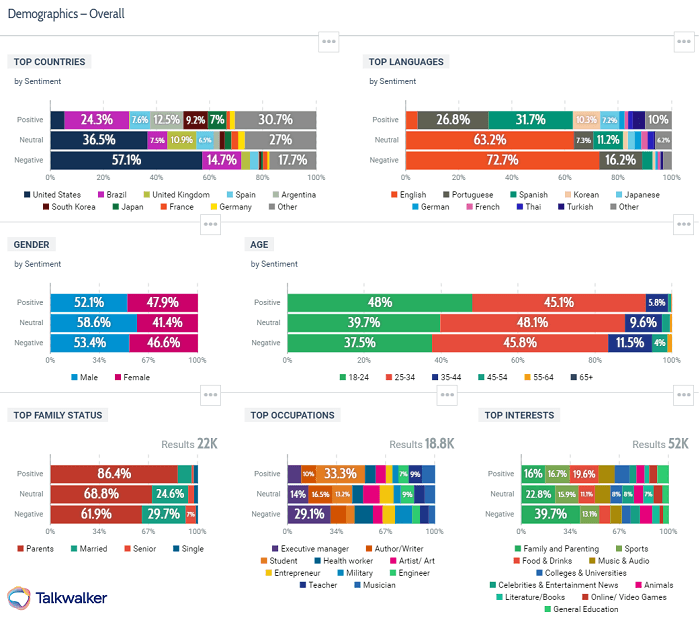
- Table of contents
- What is consumer behavior?
- Why is understanding consumer behavior important?
- What is a consumer behavior audit?
- What are consumer behavior patterns?
- What are the consumer buying behavior types?
- 4 types of buying decision behavior?
- What influences consumer behavior?
- Customer behavior segmentation
- Consumer intelligence dashboard template
Don't rely on gut feelings. Use a consumer intelligence platformto find what drives consumers' buying decisions.
Download our **free - simulated - consumer intelligence dashboard template**to see what you're missing.
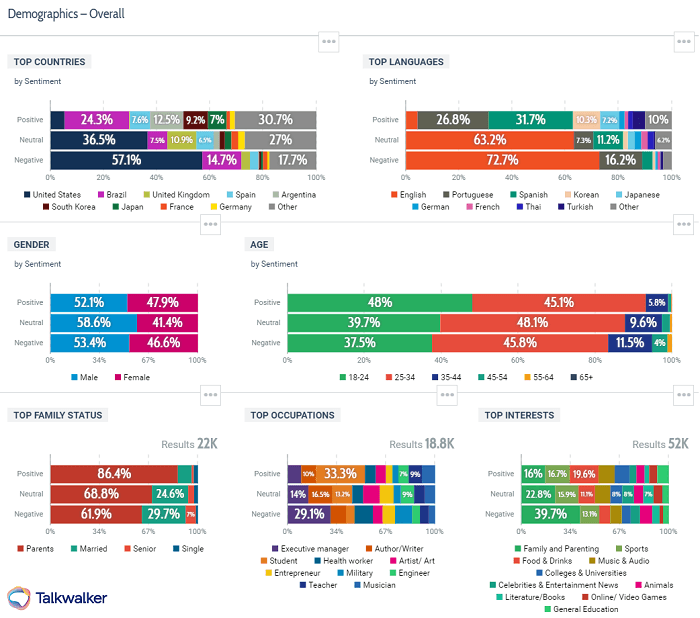
Talkwalker Analytics - demographics of Coca-Cola consumers.
Table of contents
What is consumer behavior?
Consumer behavior definition - the decision process, influences, social factors, and actions that a consumer performs when buying a product or paying for a service
Consumer behavior research of the decision-making process - conduct a consumer behavior analysis - and you’ll be able to target your marketing effectively, and increase revenue.
Download Your Free Consumer Behavior Template
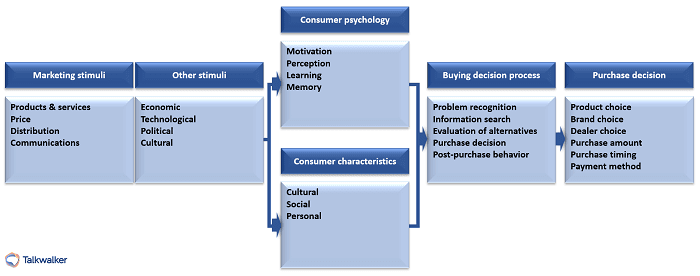
Consumer behavior model.
Why is understanding consumer behavior important?
Understanding, analyzing, and adapting to consumer behavioral data is critical for businesses that are looking to influence consumer purchasing habits.
How do consumers feel about your brand and/or products, and those of your competitors?
Why do they choose product A, rather than product B?
How do they research a brand and/or product?
How important are consumer reviews in their research - user-generated content?
Do they prefer to shop online or offline?
Talkwalker sentiment analysis will show you how consumers feel about your brand.
Recognizing what influences consumers’ purchasing decisions - off or online - will enable you to present your brand and products in the best way. Creating a positive customer journey - smooth and unhindered - will encourage consumers to part with their cash.
According to Salesforce, 76% of consumers expect companies to recognize their needs and expectations. They want you to understand their behavior. Only then can you market your products successfully.
How many decisions do you make during the day? What do I want for lunch? Do I want to go for coffee? Should I buy those jeans?
Decisions we make automatically, significant to marketers. Understanding the mind of the consumer - their thought processes when making a decision - means that marketing teams can use these consumer insights to target their strategies and increase revenue.
For instance, how many times have you stood in line at the checkout and thrown one of those sneakily placed chocolate bars into your basket? Or you’re about to click the Buy Now button when you spy a product that other customers buy, and you want it too. FOMO is strong! Into your cart goes more stuff. Do you need it?
Boom… a marketing win!

Ever tempted to buy something because everyone else did?It happens…
Establish a demographic breakdown of your consumer base. The personal factors...
Age group of consumers
Geographical location
Lifestyle of consumers
Social status of consumers
But, don’t presume to know your customers without extensive research and testing.
You assume loud colors are the way to attract teenagers? Ever met a goth?
What is a consumer behavior audit?
Part of your marketing strategy.
Please say it’s part of your marketing strategy.
You’ll examine consumer behavior when you create your marketing plan, and continue to analyze throughout. It’ll look at both internal and external influences on your plan.
Your consumer audit will clarify opportunities and threats, and identify ways you can update and improve your marketing plan. A consumer behavior audit will help you answer the question... “What is the current marketing situation?”
To run your audit, you’ll need to include…
Your SMART goals. Only possible to set, if you understand your current position...
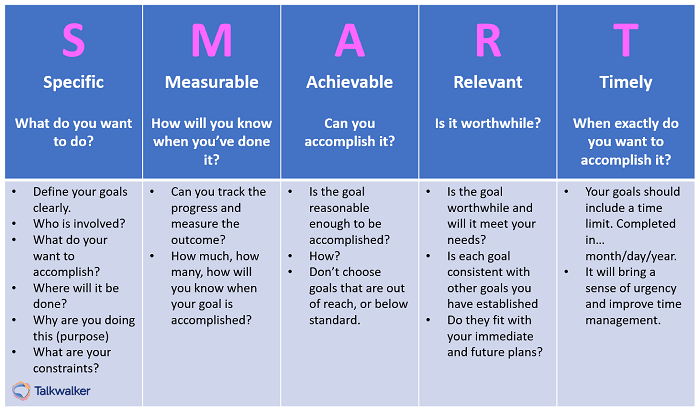
SMART - specific, measureable, achievable, relevant, timely.
Plan effective and achievable goals...
Specific - real numbers with real deadlines
Measurable - how you’ll track and evaluate your achievements
Achievable - work towards a goal that’s challenging, but possible
Relevant - ensure you have the resources to make it happen
Times - when you’ll achieve your goal
You should have performed SWOT analysis already - for your company and for your competitors...
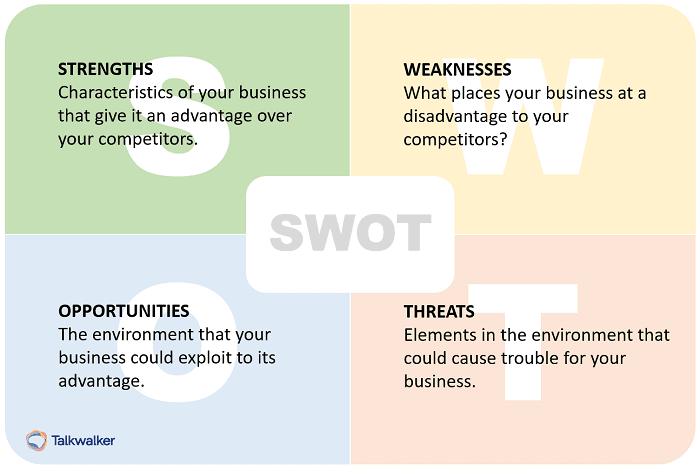
SWOT analysis for the internal & external environment.
It’s an audit that identifies the internal and external factors affecting your team’s future performance. Internal factors are strengths and weaknesses, while external factors are opportunities and threats.
PEST analysis - an element of crisis management - ensures a company is prepared for a change in external factors, such as political, economical, technological, etc.
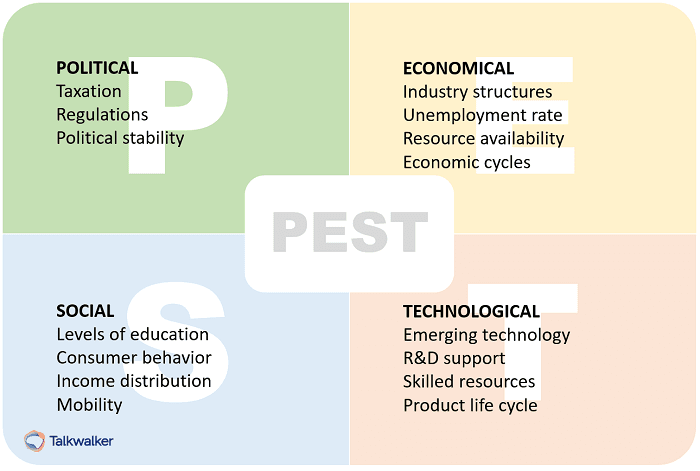
PEST for external environment.
Heard of Porter’s 5 Forces?
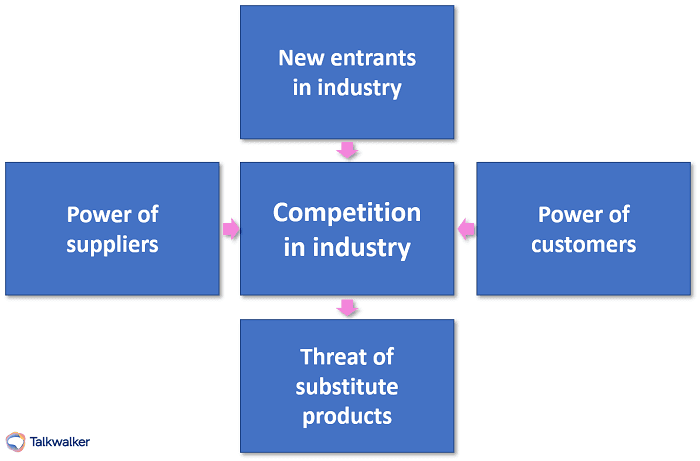
Porter’s Five Forces analysis for external environment.
Michael Porter, a Harvard Business School professor, believed companies should examine factors occurring outside their organization with the potential to impact business. He identified five forces with the power to shape markets and industries. The forces can be used to measure the intensity of the competition, attractiveness, and profitability of an industry or market.
I’m going to explain all the factors that you need to take into account, to conduct an effective consumer behavior audit. Done properly, you’ll be able to identify challenges and opportunities to improve your marketing strategy.
First up…
What are consumer behavior patterns?
Start by identifying characteristics affecting consumer behavior patterns. These patterns include…
Place or location of purchase
While a lot of the larger supermarkets sell clothes, DVDs, computers, hardware, alongside with tomatoes, bread, potatoes, etc., consumers are more likely to go to specialist shops for products outside the grocery range.
Obvs - exception to every rule - if that’s the only store available to a consumer, the pattern fragments.
Consumers visiting various stores in different locations - price comparisons, brand preferences - means they don’t remain loyal to one store. For brick and mortar establishments, location has to be a consideration.
Types and quantity of products purchased
Take a look in consumers’ shopping carts, social media conversations, review sites... and you’ll find valuable consumer intelligence...
What items did they buy?
How many of each item was bought?
Did they buy from you, or your competitor?
Consider what they bought. How many of each item? Bulk buys, or luxury one-offs? Factors affecting consumer behavior will be influenced by…
Financial status of consumer
Price of the product
Consumer requirement of product
Whether the item is perishable/durable
Availability of product choices
Time & frequency of purchase
There's no point in running a store that only opens in the afternoon, when consumers want to shop in the morning.
Check out the purchase patterns of consumers and give them what they want. What they need. For ecommerce sites, this is less of an issue. But, they should be wise to the fact that customer service will need to be 24/7.
Method of purchase
The way you choose to shop demonstrates a buyer behavior pattern...
You walk to the store. You queue at the checkout. You hand over cash/credit card. Done.
Online, you place your order, pay with your credit card or when the item is delivered. Don’t forget, delivery fees. Done.
What are the consumer buying behavior types?
Browser
Impulse buyer
Informed shopper
Negotiator
Bargain hunter
Brand fan
Practical shopper
Window shopper
Browser
The marketers' dream, this consumer loves to shop. They don’t have a fixed idea of what they’re looking for, but they’re open to persuasion. Funky displays, obvious benefits, and bargains will have them reaching for their credit cards.
Impulse buyer
This consumer can always justify a purchase that they don’t need.
Yikes. Sounds familiar.
IKEA has the prize for catching this type of consumer. How many times did you go for a garlic press, and have to make room in the trunk of your car for essential impulse buys?
Informed shopper
One of the hardest consumers to sell to. They’ve researched. And then, researched some more. These are the shoppers that love a review site. Could be a car. Could be a toothbrush. They’ve done extensive research, and they know what they want.
Negotiator
Don’t be surprised if you see sales assistants hiding behind mannequins when a negotiator enters their store. Their aim is to pay less. They’ll have visited every comparison site and traipsed around every competing store, so they can prove that they could get a product cheaper.
Bargain hunter
You’ll find them hanging around the reduced items, off and online. Pockets full of coupons and online codes, reward cards in their sweaty hands. A master at getting a good deal, even for items they didn’t realize they needed.
Okay, this is me, with a sprinkling of impulse buyer in the mix.
Brand fan
Ever wondered what kind of person camps outside a store for the latest smartphone release? Queues for hours when a fashion brand is launching a new collection? Loves a particular shop so much that they’ll spend more on a product, rather than change to another brand?
Hey, who am I to point the finger. Whatever floats your boat.
Brand fans are loyal customers. Customer retention is not an issue. Give them a loyalty card and a monthly newsletter, and they’ll pledge their life to you, and their wages
Practical shopper
A toughie for a marketer, this consumer religiously sticks to their list. Whether due to budget constraints or a disciplined mind, impulse buying isn’t part of their makeup.
Window shopper
Good luck with this one, folks!
4 types of buying decision behavior?
Aspects of buyer behavior can be broken down into four categories…

Consumer behavior examples.
Complex buying behavior
The consumer shows a high level of involvement, due to the product being expensive, risky, or an infrequent purchase. I’m talking house, car, yacht, insurance... Research of alternative brands will have been intense. Comparisons made before making the final decision.
Dissonance-reducing buying behavior
Again, we’re talking pricey, risky, and infrequent. Post-purchase dissonance - after-sales discomfort - comes about when a consumer doubts their choice. Are there discrepancies between their initial evaluation and their final decision? Did a friend plant a seed of doubt about their choice?
Oh… you bought brand X?!! Are you sure brand Z wouldn’t have been a better choice? Just saying.
Habitual buying behavior
This type of consumer buying behavior demonstrates little brand loyalty. For low cost products, with little consumer involvement. Purchased automatically - you buy your bag of sugar, bread, toilet paper, beans. No research is done. Information is received through TV ads, newspapers, etc., creating brand familiarity.
Variety seeking buying behavior
Thrill seeking with little brand loyalty. This is the behavior of a consumer looking to mix things up. Nothing to do with being dissatisfied with a previous choice, just wanting to try a different flavored chip, scented soap, breakfast cereal. Brands chosen out of habit.
What influences consumer behavior?
Three factors influencing consumer behavior…
Personal factors - deals with consumers interests and opinions, and can be affected by their demographic
Psychological factors - based on perceptions and attitudes
Social focus - peer and focus groups, family, socio-economic classes, social media
Let’s dig deeper...
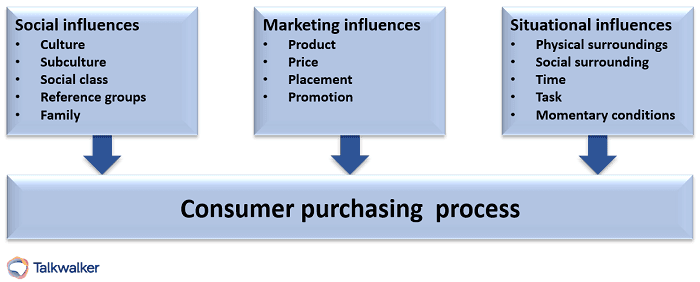
Influences on consumer behavior.
Marketing campaigns
A good marketing campaign will persuade consumers to buy your product. Find the right marketing message, and you can convince consumers to change brands, upgrade to a more expensive product, bulk buy.
The IBM Institute for Business Value found that 72% of top performing brands are customer focused. Listening to and understanding what drives consumers to shop with a particular brand is the only way you’ll develop a product that sells. A customer-centric brand activates the voice of the customer, and listens. Anticipating customer needs, helping solve their pain points, winning brand loyalists and advocates.
The positive customer experience these top performing brands provide, builds strong, long-term relationships with customers. To measure customer experience that your brand offers, check out 19 CX metrics to monitor.
Ever read this? The Hidden Persuaders, published in 1957 by Vance Packard. Timeless study into product marketing and the efforts made to understand, control, and influence people in the name of consumerism.
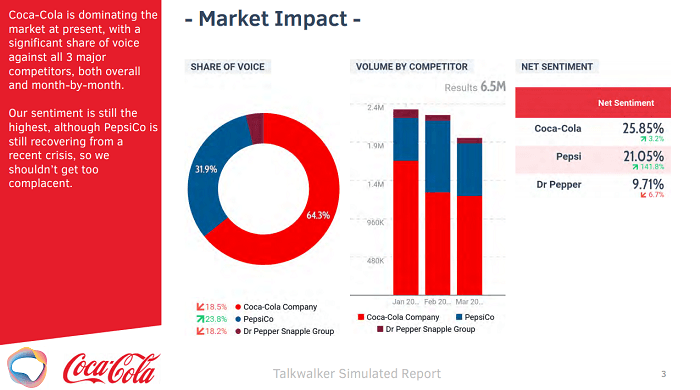
Coca-Cola dominates the fizzy drink market with a persuasive marketing message.Talkwalker Analytics - share of voice, volume by competitor, net sentiment.Simulated social media report template.
Social media
Most of us are on social media… every single day. Because it’s such a big part of our lives, it plays a role in influencing our purchasing decisions. Here’s how…
Influencers - social media savvy influencers tag stores, brands, and products that they’re allegedly using. Sharing a positive review with there thousands of fans. A brand that recognizes its target demographic, will work with influences that appeal.
User-generated content - social media is a news channel, an opinion channel, a review channel. It connects us. We share information with each other. 81% of consumers research online before they make a purchase. We listen to users that we trust and take their advice.
Brands on social - there’s a big crowd out there, and you need to stand out. Considering your consumers are almost definitely - of course they are - on social media, you need to be there too. Find your voice on social and cut through the noise.
Social media ads - include paid ads in your social media marketing strategy for super-focused targeting.
Economic conditions
When the economy is booming, consumers feel confident. They’ll willingly purchase expensive products, regardless of their financial situation.
By the same token, during a recession, spending will drop.
Personal preferences
It doesn’t matter how persuasive my marketing campaigns are, I’m not going to persuade a real-ale drinker to change to lager. A vegetarian to eat a beef steak. A Star Wars fanatic to change their allegiance to Star Trek.
Consumers’ personal preferences - likes, dislikes, morals, life-choices, priorities, values - are ingrained.
Peer pressure
Family, friends, colleagues, acquaintances, influencers, and other consumers can manipulate purchasing decisions.
Consumer reviews, friends and family, and comparative websites are the most trusted when it comes to sourcing information about a product or service. Bottom of the trust pile are celebrity endorsements and sales reps shoving a hard-sell down your throat.
Age does come into it, however, with younger generations - X, Y, Z - more accepting of influencer endorsements from bloggers, vloggers, podcasters, YouTubers, Instagrammers, and celebs.
NEWS FLASH... We’ve recently acquired Reviewbox, an all-in-one review management platform. Its e-commerce data will be integrated into our consumer intelligence platform, to give you additional customer insights and product review data. A single customer view that'll increase our social, consumer, and customer data gathering and analytics capabilities.
Purchasing power
Money.
How much you have will affect your purchase decision. It could be the best product ever, with a funky marketing campaign that hits its target, but if you don’t have the cash…
As a marketer, it pays to segment your customer base according to their spending power.
Customer behavior segmentation
Consumers expect personalization.
84% say that a brand will win their business if they’re treated like a person, not a number.
Consumers want brands to listen to them and prove they’ve heard what they’re saying. To achieve this, you’ll need to use customer segmentation. Let’s look at the six primary types of behavioral segmentation…
Benefits sought
When a consumer buys a product - let’s say, washing powder - there can be several features that they’re looking for. Keeping whites white. Colors remain vibrant. Fresh smell. Non-allergenic. While researching the product, the consumer will demonstrate which feature is their priority. The motivating factor that will push them towards a buying decision.
BTW - I have an abundance of black clothing, so I’d be looking to keeping blacks black.
Occasion-based
Global occasions - holidays, seasonal events, when consumers will make particular purchases
Recurring occasions - birthdays, anniversaries, holidays, monthly purchases, daily purchasesWho can resist a skinny latte and muffin on the way to work?
Rare occasions - irregular and hard to predict - wedding, funeral, christening
Usage rate
How often a consumer purchases a product, indicates loyalty, churn, value.
Brand loyalty
These are the guys you should value above all others. Their loyalty brings a lifetime value to your brand. They love your product. Try to persuade them to become brand advocates - free marketing. Segment them according to how loyal they are. And spoil them. Reward them with exclusive offers. Freebies.
Consumer stats
Examples include…
Non-user - never going to be one
Prospects
First-time buyers
Regular users
Leavers - gone to a competitor
Customer journey
Check out your sales funnel. Segment customers according to where they are. How close to buying. You can then create personalized messages for each stage, and increase your conversion rate.
You’ll also identify sticky areas, where customers are falling out of the process.
Consumer intelligence dashboard template
Before making decisions based on gut feelings about consumers, watch and analyze their behavior. Listen to them and build a relationship... before your competitors do.
Consumers create huge amounts of data points, whether it’s on social media, product reviews, or direct interactions with brands. Information about their buying behavior, favorite brands, spending preferences, etc. Consumer data helps you find accurate insights, so you can optimize your marketing strategy and better target your audience.
Download our free - simulated - consumer intelligence dashboard so you can see what you could be missing.

Consumer behavior in marketing
I’m always banging on about data. Collecting it. Analyzing it. Visualizing it. While you’ll find consumer insights, there are other factors to consider when looking at consumer behavior. Culture, society, income, age, attitude... also influence buyer habits. To see the full picture, you need to do a consumer behavior audit…
CTA - GET MY CONSUMER BEHAVIOR AUDIT CHECKLIST!
Talkwalker Analytics - demographics of Coca-Cola consumers.
Table of contents
What is consumer behaviour?
Why is understanding consumer behaviour important?
What is a consumer behaviour audit?
What are consumer behaviour patterns?
What are the consumer behaviour types?
4 types of buying decision behaviour?
What influences consumer behaviour?
Consumer behaviour segmentation
Consumer behaviour audit template
What is consumer behavior?
Consumer behavior definition - the decision process, influences, and actions that a consumer performs when purchasing a product.
Analyze and identify the consumer decision-making process - conduct a consumer behavior audit - and you’ll be able to target your marketing effectively.
Model of consumer behavior.
Why is understanding consumer behavior important?
Understanding, analyzing and keeping track of consumer behavior is critical for businesses.
How do consumers feel about your brand and/or products, and those of your competitors?
Why do they choose product A, rather than product B?
How do they research a brand and/or product?
How important are consumer reviews in their research - user-generated content?
Do they prefer to shop online or offline?
Talkwalker sentiment analysis will show you how consumers feel about your brand.
Recognizing what influences consumers’ purchasing decisions - off or online - will enable you to present your brand and products in the most alluring way. Creating a positive customer journey - smooth and unhindered - will encourage consumers to part with their cash.
According to Salesforce, 76% of consumers expect companies to recognize their needs and expectations. They want you to understand their behavior. Only then can you market your products to them effectively.
How many decisions do you make during the day? What do I want for lunch? Do I want to go for coffee? Should I buy those jeans?
Decisions we make automatically, significant to marketers. Understanding the mind of the consumer - their thought processes when making a decision - means that marketing teams can use these insights to target their strategies and increase revenue.
For instance, how many times have you stood in line at the checkout and thrown one of those sneakily placed chocolate bars into your basket? Or you’re about to click the Buy Now button when you spy things that other customers purchased. FOMO is strong! Into your cart goes more stuff. Do you need it?
Boom… a marketing win!
Ever tempted to buy something because everyone else did?It happens…
Establish a demographic breakdown of your consumer base…
Age group of consumers
Geographical location
Lifestyle of consumers
Social status of consumers
But, don’t presume to know your customers without extensive research and testing.
You assume loud colors are the way to attract teenagers? Ever met a goth?
What is a consumer behavior audit?
Part of your marketing planning.
Please say it’s part of your marketing planning.
You’ll examine consumer behavior at the start of your marketing planning, and continue to run audits throughout. It’ll look at both internal and external influences on your plan.
Your consumer audit will clarify opportunities and threats, and identify ways you can alter and improve your marketing plan. A consumer behavior audit checklist will help you answer the question... “what is the current marketing situation?”
To run your audit, you’ll need to include…
Your SMART goals. Only possible to set, if you understand your current position...
SMART - specific, measureable, achievable, relevant, timely.
Plan effective and achievable goals...
Specific - real numbers with real deadlines
Measurable - how you’ll track and evaluate your achievements
Achievable - work towards a goals that’s challenging, but possible
Relevant - ensure you have the resources to make it happen
Times - when you’ll achieve your goal
You should have several SWOT analyses already - for your company, and for your competitors...
SWOT analysis for the internal & external environment.
It’s an audit that identifies the internal and external factors affecting your team’s future performance. Internal factors are strengths and weaknesses, while external factors are opportunities and threats.
PEST analysis - an element of crisis management - ensures a company is prepared for a change in external factors, such as political, economical, technological, etc.
PEST for external environment.
Heard of Porter’s 5 Forces?
Porter’s Five Forces Analysis for external environment.
Michael Porter, a Harvard Business School professor, believed companies should examine factors occurring outside their organization with the potential to impact business. He identified five forces with the power to shape markets and industries. The forces can be used to measure the intensity of the competition, attractiveness, and profitability of an industry or market.
I’m going to explain all the factors that you need to take into account, to conduct an effective consumer behavior audit. Done properly, you’ll be able to identify challenges and opportunities to improve your marketing strategy.
First up…
What are consumer behavior patterns?
Start by recognizing consumer behavior patterns. These patterns include…
Place or location of purchase
While a lot of the larger supermarkets sell clothes, DVDs, computers, along with tomatoes and potatoes, consumers tend to go to specialist shops for these products outside the grocery range.
Obvs - exception to every rule - if that’s the only store available to a consumer, the pattern fragments.
Consumers visiting various stores in different locations - price comparisons, brand preferences - means they don’t remain loyal to one store. For bricks and mortar establishments, location has to be a consideration.
Types and quantity of products purchased
Take a look in consumers’ shopping carts, social media conversations, review sites... and you’ll find valuable consumer intelligence...
What items did they buy?
How many of each item was bought?
Did they buy from you, or your competitor?
Consider what they bought. How many of each item? Bulk buys, or luxury one-offs? The type and quantity will be influenced by…
Financial status of consumer
Price of the product
Consumer requirement of product
Whether the item is perishable/durable
Availability of product choices
Listen to consumers...Talkwalker time lapse graph - Coca-Cola engagement split across social media channels.
Time & frequency of purchase
No point in running a store that only opens in the afternoon, when consumers want to shop in the morning.
Check out the purchase patterns of consumers and give them what they want. What they need. For ecommerce sites, this is less of an issue. But, they should be wise to the fact that customer service will need to be 24/7.
Method of purchase
The way you choose to shop demonstrates a buyer behavior pattern...
You walk to the store. You queue at the checkout. You hand over cash/credit card. Done.
Online, you place your order, pay with your credit card or when the item is delivered. Don’t forget, delivery fees. Done
What are the consumer behavior types?
Browser
Impulse buyer
Informed shopper
Negotiator
Bargain hunter
Brand fan
Practical shopper
Window shopper
Browser
The marketers dream, this consumer loves to shop. They don’t have a fixed idea of what they’re looking for, but they’re open to persuasion. Funky displays, obvious benefits, and bargains will have them reaching for their credit cards.
Impulse buyer
This consumer can always justify a purchase that they don’t need.
Yikes. Sounds familiar.
IKEA has the prize for catching this type of consumer. How many times did you go for a garlic press, and have to make room in the trunk of your car for essential impulse buys?
Informed shopper
Possibly the hardest consumer to sell to. They’ve researched. And then, researched some more. These are the shoppers that love a review site. Could be a car. Could be a toothbrush. They’ve done extensive research, and they know what they want.
Negotiator
Don’t be surprised if you see sales assistants hiding behind mannequins when a negotiator enters their store. Their aim is to pay less. They’ll have visited every comparison site and traipsed around every competing store, so they can prove that they could get a product cheaper.
Bargain hunter
You’ll find them hanging around the reduced items, off and online. Pockets full of coupons and online codes, reward cards in their sweaty hands. A master at getting a good deal, even for items they didn’t realize they needed.
Okay, this is me, with a sprinkling of impulse buyer in the mix.
Brand fan
Ever wondered what kind of person camps outside a store for the latest smartphone release? Queues for hours when a fashion brand is launching a new collection? Loves a particular shop so much, that they’ll spend more on a product, rather than change to another brand?
Hey, who am I to point the finger. Whatever floats your boat.
The brand fan is a loyal subject. Give them a loyalty card and a monthly newsletter, and they’ll pledge their life to you.
Practical shopper
A toughie for a marketer, this consumer religiously sticks to their list. Whether due to budget constraints or a disciplined mind, impulse buying isn’t part of their makeup.
Window shopper
Good luck with this one, guys!
4 types of buying decision behavior?
Buying decision behavior is broken down into four categories…
Buying decision behavior.
Complex buying behavior
The consumer shows a high level of involvement, due to the product being expensive, risky, or an infrequent purchase. I’m talking house, car, yacht, insurance... Research of alternative brands will have been intense. Comparisons made before making the final decision.
Dissonance-reducing buying behavior
Again, we’re talking pricey, risky, and infrequent. Postpurchase dissonance - after-sales discomfort - comes about when a consumer doubts their choice. Are there discrepancies between their initial evaluation and their final decision? Did a friend plant a seed of doubt about their choice?
Habitual buying behavior
This type of purchasing behavior demonstrates little brand loyalty. For low cost products, with little consumer involvement. Purchased almost automatically - you buy your bag of sugar, bread, toilet paper, beans. No research is done. Information is received through TV ads, newspapers, etc., creating brand familiarity.
Variety seeking buying behavior
Thrill seeking with little brand loyalty. This is the behavior of a consumer looking to mix things up. Nothing to do with being dissatisfied with a previous choice, just wanting to try a different flavored chip, scented soap, breakfast cereal.
What influences consumer behavior?
Three factors can influence consumer buying behavior…
Personal - deals with consumers interests and opinions, and can be affected by their demographic
Psychological - based on perceptions and attitudes
Social - peer groups, family, socio-economic classes, social media
Let’s dig deeper...
Influences on consumer behavior.
Marketing campaigns
A good marketing campaign will persuade consumers towards buying your product. Find the right marketing message, and you can convince consumers to change brands, upgrade to a more expensive product, bulk buy.
Recommended reading… The Hidden Persuaders, published in 1957 by Vance Packard. Timeless study into product marketing and the efforts made to understand, control, and influence people in the name of consumerism.
Coca-Cola dominates the fizzy drink market with a persuasive marketing message.Talkwalker Analytics - share of voice, volume by competitor, net sentiment.Simulated social media report template.
Social media
Most of us are on social media… every single day. Because it’s such a big part of our lives, it plays a role in influencing our purchasing decisions. Here’s how…
Influencers - social media savvy influencers tag stores, brands, and products that they’re allegedly using. Sharing a positive review with there thousands of fans. A brand that recognizes its target demographic, will work with influences that appeal.
User-generated content - social media is a news channel, an opinion channel, a review channel. It connects us. We share information with each other. 81% of consumers research online before they make a purchase. We listen to users that we trust and take their advice.
User-generated content found with Talkwalker video analytics.
Brands on social - there’s a big crowd out there, and you need to stand out. Considering your consumers are almost definitely - of course they are - on social media, you need to be there too. Find your voice on social and cut through the noise.
Social media ads - include paid ads in your social media marketing strategy for super-focused targeting.
Economic conditions
When the economy is booming, consumers feel confident. They’ll willingly purchase expensive products, regardless of their financial situation.
By the same token, during a recession, spending will drop.
Personal preferences
It doesn’t matter how persuasive my marketing campaigns are, I’m not going to persuade a real-ale drinker to change to lager. A vegetarian to eat a beef steak. A Star Wars fanatic to change their allegiance to Star Trek.
Consumers’ personal preferences - likes, dislikes, morals, life-choices, priorities, values - are ingrained.
Peer pressure
Family, friends, colleagues, acquaintances, influencers, and other consumers can manipulate purchasing decisions.
Consumer reviews, friends and family, and comparative websites are the most trusted when it comes to sourcing information about a product. Bottom of the trust pile are celebrity endorsements and sales reps shoving a hard-sell down your throat.
Age does come into it, however, with younger generations - X, Y, Z - more accepting of influencer endorsements from bloggers, vloggers, podcasters, YouTubers, Instagrammers, and celebs.
Purchasing power
Money.
How much you have will affect your purchase decision. It could be the best product ever, with a funky marketing campaign that hits its target, but if you don’t have the cash…
As a marketer, it pays to segment your customer base according to their spending power.
Customer behavior segmentation
Consumers expect personalization.
84% say that a brand will win their business if they’re treated like a person, not a number.
They want brands to listen to them and prove they’ve heard what they’re saying. To achieve this, you’ll need to use customer segmentation. Let’s look at the six primary types of behavioral segmentation…
#1 Benefits sought
When a consumer buys a product - let’s say, washing powder - there can be several features that they’re looking for. Keeping whites white. Colors remain vibrant. Fresh smell. Non-allergenic. While researching the product, the consumer will demonstrate which feature is their priority. The motivating factor that will push them towards a buying decision.
BTW - I have an abundance of black clothing, so I’d be looking to keeping blacks black.
#2 Occasion or timing based
Universal occasions - holidays, seasonal events, when consumers will make particular purchases
Recurring occasions - birthdays, anniversaries, holidays, monthly purchases, daily purchases
Who can resist a skinny latte and muffin on the way to work?
Rare occasions - irregular and hard to predict - wedding, funeral, christening
#3 Usage rate
How often a consumer purchases a product, indicates loyalty, churn, value.
#4 Brand loyalty
These are the guys you should value above all others. Their loyalty brings a lifetime value to your brand. They love your product. Try to persuade them to become brand advocates - free marketing. Segment them according to how loyal they are. And spoil them. Reward them with exclusive offers. Freebies.
#5 User stats
Examples include…
Non-user - never going to be one
Prospects
First-time buyers
Regular users
Leavers - gone to a competitor
#6 Customer journey
Check out your sales funnel. Segment customers according to where they are. How close to buying. You can then create personalized messages for each stage, and increase your conversion rate.
You’ll also identify sticky areas, where customers are falling out of the process.
Consumer behavior audit template
Before making decisions based on gut feelings about consumers, watch and analyze their behavior. Listen to them and build a relationship... before your competitors do.
Conduct a consumer behaviour audit to find opportunities and threats. Identify ways you can update and improve your marketing plan.
Download my consumer behavior audit and answer the question... “what is the current marketing situation?”
CT
